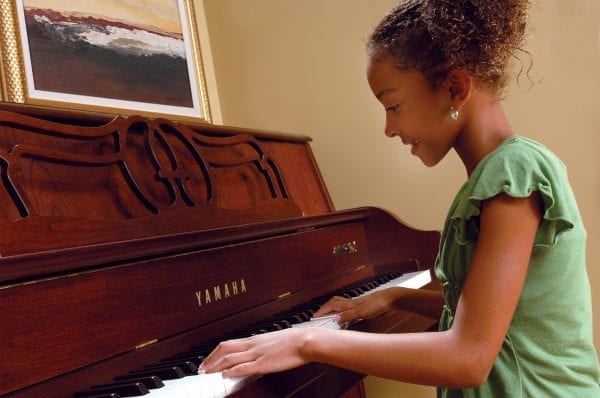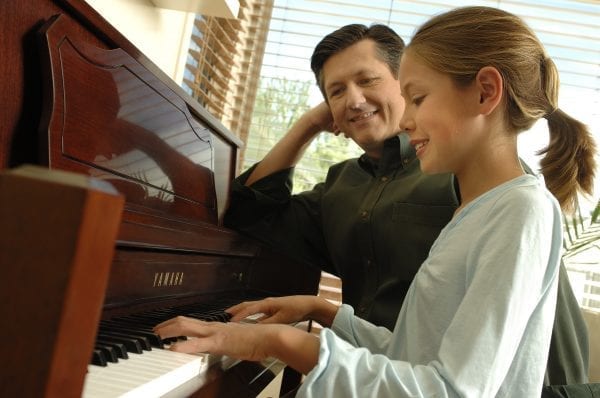| Size/Weight |
| Dimensions |
Width |
1,430 mm [56-5/16″] |
1,461 mm [57-1/2″] Polished finish: 1,467 mm [57-3/4″] |
1,450 mm [57-1/16″] Polished finish: 1,455 mm [57-5/16″] |
1,450 mm [57-1/16″] Polished finish: 1,455 mm [57-5/16″] |
1,430 mm [56-5/16″] |
1,450 mm [57-1/16″] Polished finish: 1,455 mm [57-5/16″] |
1,350 mm [53-1/8″] Polished finish: 1,353 mm [53-1/4″] |
| Height |
932 mm [36-11/16″] (with music rest raised: 1,094 mm [43-1/16″]) |
1,027 mm [40-7/16″] Polished finish: 1,029 mm [40-1/2″] |
967 mm [38-1/16″] (with music rest raised: 1,130 mm [44-1/2″]) Polished finish: 970 mm [38-3/16″] (with music rest raised: 1,131 mm [44-1/2″]) |
927 mm [36-1/2″] (with music rest raised: 1,091 mm [42-15/16″]) Polished finish: 930 mm [36-5/8″] (with music rest raised: 1,092 mm [43-0″]) |
932 mm [36-11/16″] (with music rest raised: 1,094 mm [43-1/16″]) |
927 mm [36-1/2″] (with music rest raised: 1,083 mm [42-5/8″]) Polished finish: 930 mm [36-5/8″] (with music rest raised: 1,084 mm [42-11/16″]) |
849 mm [33-7/16″] (with music rest raised: 1,003 mm [39-1/2″]) Polished finish: 851 mm [33-1/2″] (with music rest raised: 1,005 mm [39-9/16″]) |
| Depth |
1,237 mm [48-11/16″] |
494 mm [19-7/16″] Polished finish: 494 mm [19-7/16″] |
465 mm [18-5/16″] Polished finish: 465 mm [18-5/16″] |
460 mm [18-1/8″] Polished finish: 460 mm [18-1/8″] |
1,146 mm [45-1/8″] |
460 mm [18-1/8″] Polished finish: 460 mm [18-1/8″] |
411 mm [16-3/16″] Polished finish: 411 mm [16-3/16″] |
| Weight |
Weight |
135 kg [297 lb, 10 oz] |
87 kg [191 lb, 13 oz] Polished finish: 90 kg [198 lb, 7 oz] |
71 kg [156 lb, 8 oz] Polished finish: 74 kg [163 lb, 2 oz] |
60 kg [132 lb, 4 oz] Polished finish: 63 kg [138 lb, 14 oz] |
106 kg [233 lb, 11 oz] |
57 kg [125 lb, 11 oz] Polished finish: 60 kg [132 lb, 4 oz] |
45 kg [99 lb, 3 oz] Polished finish: 47 kg [103 lb, 10 oz] |
| Dimensions of Packing Box |
W x H x D |
– |
1,582 mm x 784 mm x 814 mm [62-5/16″ x 30-7/8″ x 32-1/16″] |
1,590 mm x 621 mm x 730 mm [62-5/8″ x 24-7/16″ x 28-3/4″] |
1,571 mm x 639 mm x 569 mm [61-7/8″ x 25-3/16″ x 22-3/8″] |
– |
1,571 mm x 639 mm x 569 mm [61-7/8″ x 25-3/16″ x 22-3/8″] |
– |
| Control Interface |
| Keyboard |
Number of Keys |
88 |
88 |
88 |
88 |
88 |
88 |
88 |
| Type |
GrandTouch™ keyboard: wooden keys (white only), synthetic ebony and ivory key tops, escapement |
GrandTouch™ keyboard: wooden keys (white only), synthetic ebony and ivory key tops, escapement |
GrandTouch™ keyboard: wooden keys (white only), synthetic ebony and ivory key tops, escapement |
GrandTouch-S™ keyboard: wooden keys (white only), synthetic ebony and ivory key tops, escapement |
GrandTouch-S™ keyboard: synthetic ebony and ivory key tops, escapement |
GrandTouch-S™ keyboard: synthetic ebony and ivory key tops, escapement |
GrandTouch-S™ keyboard: synthetic ebony and ivory key tops, escapement |
| Touch Sensitivity |
Hard2, Hard1, Medium, Soft1, Soft2, Fixed |
Hard2, Hard1, Medium, Soft1, Soft2, Fixed |
Hard2, Hard1, Medium, Soft1, Soft2, Fixed |
Hard2, Hard1, Medium, Soft1, Soft2, Fixed |
Hard2, Hard1, Medium, Soft1, Soft2, Fixed |
Hard2, Hard1, Medium, Soft1, Soft2, Fixed |
Hard, Medium, Soft, Fixed |
| 88-key Linear Graded Hammers |
Yes |
Yes |
Yes |
– |
– |
– |
– |
| Counterweight |
Yes |
Yes |
– |
– |
– |
– |
– |
| Pedal |
Number of Pedals |
3: Damper (with half-pedal function), Sostenuto, Soft |
3: Damper (with half-pedal function), Sostenuto, Soft |
3: Damper (with half-pedal function), Sostenuto, Soft |
3: Damper (with half-pedal function), Sostenuto, Soft |
3: Damper (with half-pedal function), Sostenuto, Soft |
3: Damper (with half-pedal function), Sostenuto, Soft |
3: Damper (with half-pedal function), Sostenuto, Soft |
| GrandTouch Pedals |
Yes (with GP Response Damper) |
Yes (with GP Response Damper) |
Yes (with GP Response Damper) |
Yes |
Yes |
Yes |
Yes |
| Assignable Functions |
Sustain (Switch), Sustain (Continuous), Sostenuto, Soft, Pitch Bend Up, Pitch Bend Down, Rotary Speed, Vibe Rotor, Song Play/Pause |
Sustain (Switch), Sustain (Continuous), Sostenuto, Soft, Pitch Bend Up, Pitch Bend Down, Rotary Speed, Vibe Rotor, Song Play/Pause |
Sustain (Switch), Sustain (Continuous), Sostenuto, Soft, Pitch Bend Up, Pitch Bend Down, Rotary Speed, Vibe Rotor, Song Play/Pause |
Sustain (Switch), Sustain (Continuous), Sostenuto, Soft, Pitch Bend Up, Pitch Bend Down, Rotary Speed, Vibe Rotor, Song Play/Pause |
Sustain (Switch), Sustain (Continuous), Sostenuto, Soft, Pitch Bend Up, Pitch Bend Down, Rotary Speed, Vibe Rotor, Song Play/Pause |
Sustain (Switch), Sustain (Continuous), Sostenuto, Soft, Pitch Bend Up, Pitch Bend Down, Rotary Speed, Vibe Rotor, Song Play/Pause |
– |
| Display |
Type |
Full Dots LCD |
Full Dots LCD |
Full Dots LCD |
Full Dots LCD |
Full Dots LCD |
Full Dots LCD |
– |
| Language |
English, Japanese |
English, Japanese |
English, Japanese |
English, Japanese |
English, Japanese |
English, Japanese |
– |
| Panel |
Type |
Touch sensors |
Touch sensors |
Touch sensors |
Buttons |
Buttons |
Buttons |
– |
| Language |
English |
English |
English |
English |
English |
English |
English |
| Cabinet |
| Key Cover Style |
Sliding |
Folding |
Sliding |
Sliding |
Sliding |
Sliding |
Sliding |
| Music Rest |
Yes |
Yes |
Yes |
Yes |
Yes |
Yes |
Yes |
| Music Braces |
Yes |
Yes |
Yes |
Yes |
Yes |
Yes |
Yes |
| Voices |
| Tone Generator |
Piano Sound |
Yamaha CFX, Bösendorfer Imperial |
Yamaha CFX, Bösendorfer Imperial |
Yamaha CFX, Bösendorfer Imperial |
Yamaha CFX, Bösendorfer Imperial |
Yamaha CFX, Bösendorfer Imperial |
Yamaha CFX, Bösendorfer Imperial |
Yamaha CFX, Bösendorfer Imperial |
| Binaural Sampling |
Yes (“CFX Grand” and “Bösendorfer” only) |
Yes (“CFX Grand” and “Bösendorfer” only) |
Yes (“CFX Grand” and “Bösendorfer” only) |
Yes (“CFX Grand” and “Bösendorfer” only) |
Yes (“CFX Grand” and “Bösendorfer” only) |
Yes (“CFX Grand” and “Bösendorfer” only) |
Yes (“CFX Grand” only) |
| Virtual Resonance Modeling (VRM) |
Yes |
Yes |
Yes |
Yes |
Yes |
Yes |
Yes |
| Grand Expression Modeling |
Yes |
Yes |
Yes |
Yes |
Yes |
Yes |
Yes |
| Polyphony |
Number of Polyphony (Max.) |
256 |
256 |
256 |
256 |
256 |
256 |
256 |
| Preset |
Number of Voices |
53 Voices + 480 XG Voices + 14 Drum/SFX Kits |
53 Voices + 480 XG Voices + 14 Drum/SFX Kits |
38 |
38 |
38 |
38 |
10 |
| Compatibility |
XG (GM), GS (for Song playback), GM2 (for Song playback) |
XG (GM), GS (for Song playback), GM2 (for Song playback) |
– |
– |
– |
– |
– |
| Effects |
| Types |
Reverb |
7 types |
7 types |
7 types |
7 types |
7 types |
7 types |
4 types |
| Chorus |
3 types |
3 types |
3 types |
3 types |
3 types |
3 types |
– |
| Brilliance |
7 types + User |
7 types + User |
7 types + User |
7 types + User |
7 types + User |
7 types + User |
– |
| Insertion Effect |
12 types |
12 types |
12 types |
12 types |
12 types |
12 types |
– |
| Intelligent Acoustic Control (IAC) |
Yes |
Yes |
Yes |
Yes |
Yes |
Yes |
Yes |
| Stereophonic Optimizer |
Yes |
Yes |
Yes |
Yes |
Yes |
Yes |
Yes |
| Functions |
Dual/Layers |
Yes |
Yes |
Yes |
Yes |
Yes |
Yes |
Yes |
| Split |
Yes |
Yes |
Yes |
Yes |
Yes |
Yes |
– |
| Duo |
Yes |
Yes |
Yes |
Yes |
Yes |
Yes |
Yes |
| Songs |
| Preset |
Number of Preset Songs |
27 Voice Demo + 50 Classics + 303 Lesson Songs |
27 Voice Demo + 50 Classics + 303 Lesson Songs |
23 Voice Demo + 50 Classics + 303 Lesson Songs |
23 Voice Demo + 50 Classics + 303 Lesson Songs |
23 Voice Demo + 50 Classics + 303 Lesson Songs |
23 Voice Demo + 50 Classics + 303 Lesson Songs |
10 Voice Demo + 50 Classics + 303 Lesson Songs |
| MIDI Recording |
Number of Songs |
250 |
250 |
250 |
250 |
250 |
250 |
1 |
| Number of Tracks |
16 |
16 |
16 |
16 |
16 |
16 |
2 |
| Data Capacity |
Approx. 500 KB/Song (approx. 22,000 notes) |
Approx. 500 KB/Song (approx. 22,000 notes) |
Approx. 500 KB/Song (approx. 22,000 notes) |
Approx. 500 KB/Song (approx. 22,000 notes) |
Approx. 500 KB/Song (approx. 22,000 notes) |
Approx. 500 KB/Song (approx. 22,000 notes) |
Approx. 250 KB/Song (approx. 11,000 notes) |
| Audio Recording (USB flash drive) |
Recording Time (max.) |
80 minutes/Song |
80 minutes/Song |
80 minutes/Song |
80 minutes/Song |
80 minutes/Song |
80 minutes/Song |
– |
| Compatible Data Format |
Playback |
SMF (Format 0, Format 1), WAV (44.1 kHz, 16-bit, stereo) |
SMF (Format 0, Format 1), WAV (44.1 kHz, 16-bit, stereo) |
SMF (Format 0, Format 1), WAV (44.1 kHz, 16-bit, stereo) |
SMF (Format 0, Format 1), WAV (44.1 kHz, 16-bit, stereo) |
SMF (Format 0, Format 1), WAV (44.1 kHz, 16-bit, stereo) |
SMF (Format 0, Format 1), WAV (44.1 kHz, 16-bit, stereo) |
SMF (Format 0, Format 1) |
| Recording |
SMF (Format 0), WAV (44.1 kHz, 16-bit, stereo) |
SMF (Format 0), WAV (44.1 kHz, 16-bit, stereo) |
SMF (Format 0), WAV (44.1 kHz, 16-bit, stereo) |
SMF (Format 0), WAV (44.1 kHz, 16-bit, stereo) |
SMF (Format 0), WAV (44.1 kHz, 16-bit, stereo) |
SMF (Format 0), WAV (44.1 kHz, 16-bit, stereo) |
SMF (Format 0) |
| Functions |
| Piano Room |
Yes |
Yes |
Yes |
Yes |
Yes |
Yes |
– |
| Rhythm |
Number of Rhythms |
20 |
20 |
20 |
20 |
20 |
20 |
– |
| Overall Controls |
Metronome |
Yes |
Yes |
Yes |
Yes |
Yes |
Yes |
Yes |
| Tempo Range |
5 – 500 |
5 – 500 |
5 – 500 |
5 – 500 |
5 – 500 |
5 – 500 |
5 – 280 |
| Transpose |
−12 – 0 – +12 |
−12 – 0 – +12 |
−12 – 0 – +12 |
−12 – 0 – +12 |
−12 – 0 – +12 |
−12 – 0 – +12 |
−6 – 0 – +6 |
| Tuning |
414.8 – 440.0 – 466.8 Hz (approx. 0.2 Hz increments) |
414.8 – 440.0 – 466.8 Hz (approx. 0.2 Hz increments) |
414.8 – 440.0 – 466.8 Hz (approx. 0.2 Hz increments) |
414.8 – 440.0 – 466.8 Hz (approx. 0.2 Hz increments) |
414.8 – 440.0 – 466.8 Hz (approx. 0.2 Hz increments) |
414.8 – 440.0 – 466.8 Hz (approx. 0.2 Hz increments) |
414.8 – 440.0 – 466.8 Hz (approx. 0.2 Hz increments) |
| Scale Type |
7 types |
7 types |
7 types |
7 types |
7 types |
7 types |
– |
| USB Audio Interface |
44.1 kHz, 24 bit, stereo |
44.1 kHz, 24 bit, stereo |
44.1 kHz, 24 bit, stereo |
44.1 kHz, 24 bit, stereo |
44.1 kHz, 24 bit, stereo |
44.1 kHz, 24 bit, stereo |
44.1 kHz, 24 bit, stereo |
| Bluetooth |
Audio, MIDI (varies by area) |
Audio, MIDI (varies by area) |
Audio, MIDI (varies by area) |
Audio, MIDI (varies by area) |
Audio, MIDI (varies by area) |
Audio, MIDI (varies by area) |
Audio, MIDI (varies by area) |
| Storage and Connectivity |
| Storage |
Internal Memory |
Total maximum size approx. 1.4 MB |
Total maximum size approx. 1.4 MB |
Total maximum size approx. 1.4 MB |
Total maximum size approx. 1.4 MB |
Total maximum size approx. 1.4 MB |
Total maximum size approx. 1.4 MB |
– |
| External Drives |
USB flash drive |
USB flash drive |
USB flash drive |
USB flash drive |
USB flash drive |
USB flash drive |
– |
| Connectivity |
Headphones |
Standard stereo phone jack (× 2) |
Standard stereo phone jack (× 2) |
Standard stereo phone jack (× 2) |
Standard stereo phone jack (× 2) |
Standard stereo phone jack (× 2) |
Standard stereo phone jack (× 2) |
Standard stereo phone jack (× 2) |
| AUX IN |
Stereo mini jack |
Stereo mini jack |
Stereo mini jack |
Stereo mini jack |
Stereo mini jack |
Stereo mini jack |
– |
| AUX OUT |
Standard phone jack (L/L+R, R) |
Standard phone jack (L/L+R, R) |
Standard phone jack (L/L+R, R) |
Standard phone jack (L/L+R, R) |
Standard phone jack (L/L+R, R) |
Standard phone jack (L/L+R, R) |
– |
| USB TO DEVICE |
Type A |
Type A |
Type A |
Type A |
Type A |
Type A |
– |
| USB TO HOST |
Type B |
Type B |
Type B |
Type B |
Type B |
Type B |
Type B |
| DC IN |
24 V |
24 V |
24 V |
24 V |
24 V |
16 V |
16 V |
| Amplifiers and Speakers |
| Amplifiers |
(45 W + 45 W + 45 W) × 2 |
(45 W + 30 W + 40 W) × 2 |
(45 W + 25 W + 40 W) × 2 |
(45 W + 45 W) × 2 |
(45 W + 35 W) × 2 |
30 W × 2 |
20 W × 2 |
| Speakers |
(16 cm + 8 cm with Waveguide + 2.5 cm (dome) with Waveguide) × 2, Spruce Cone Speaker |
(16 cm with diffuser + 8 cm with diffuser + 2.5 cm (dome) with Bidirectional Horn) × 2, Spruce Cone Speaker |
(16 cm + 8 cm with diffuser + 2.5 cm (dome) with Bidirectional Horn) × 2 |
(16 cm with diffuser + 8 cm with diffuser) × 2 |
(16 cm with diffuser + 5 cm) × 2 |
16 cm with diffuser × 2 |
12 cm with diffuser × 2 |
| Power Supply |
| AC Adaptor |
PA-500 |
PA-500 |
PA-500 |
PA-500 |
PA-500 |
PA-300C |
PA-300C |
| Power Consumption |
60 W (When using PA-500 AC adaptor) |
55 W (When using PA-500 AC adaptor) |
55 W (When using PA-500 AC adaptor) |
30 W (When using PA-500 AC adaptor) |
55 W (When using PA-500 AC adaptor) |
18 W (When using PA-300C AC adaptor) |
12 W (When using PA-300C AC adaptor) |
| Auto Power Off |
Yes |
Yes |
Yes |
Yes |
Yes |
Yes |
Yes |
| Accessories |
| Included Accessories |
Owner’s Manual, “50 Classical Music Masterpieces” Music Book, Online Member Product Registration, Bench*, Power cord*/AC adaptor* (PA-500) *Varies by area |
Owner’s Manual, “50 Classical Music Masterpieces” Music Book, Online Member Product Registration, Bench*, Power cord*/AC adaptor* (PA-500) *Varies by area |
Owner’s Manual, “50 Classical Music Masterpieces” Music Book, Online Member Product Registration, Bench*, Power cord*/AC adaptor* (PA-500) *Varies by area |
Owner’s Manual, “50 Classical Music Masterpieces” Music Book, Online Member Product Registration, Bench*, Power cord*/AC adaptor* (PA-500) *Varies by area |
Owner’s Manual, “50 Classical Music Masterpieces” Music Book, Online Member Product Registration, Bench*, Power cord*/AC adaptor* (PA-500) *Varies by area |
Owner’s Manual, “50 Classical Music Masterpieces” Music Book, Online Member Product Registration, Bench*, Power cord*/AC adaptor* (PA-300C) *Varies by area |
Owner’s Manual, “50 Classical Music Masterpieces” Music Book, Online Member Product Registration, Bench*, Power cord*/AC adaptor* (PA-300C) *Varies by area |
| Separately Sold Accessories |
Headphones (HPH-150, HPH-100, HPH-50), Pedal unit (FC35), AC adaptor (PA-500), USB wireless LAN adaptor (UD-WL01) |
Headphones (HPH-150, HPH-100, HPH-50), Pedal unit (FC35), AC adaptor (PA-500), USB wireless LAN adaptor (UD-WL01) |
Headphones (HPH-150, HPH-100, HPH-50), Pedal unit (FC35), AC adaptor (PA-500), USB wireless LAN adaptor (UD-WL01) |
Headphones (HPH-150, HPH-100, HPH-50), Pedal unit (FC35), AC adaptor (PA-500), USB wireless LAN adaptor (UD-WL01) |
Headphones (HPH-150, HPH-100, HPH-50), Pedal unit (FC35), AC adaptor (PA-500), USB wireless LAN adaptor (UD-WL01) |
Headphones (HPH-150, HPH-100, HPH-50), Pedal unit (FC35), AC adaptor (PA-300C), USB wireless LAN adaptor (UD-WL01) |
Headphones (HPH-150, HPH-100, HPH-50), Pedal unit (FC35), AC adaptor (PA-300C) |
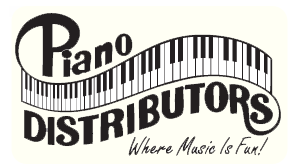
 When combined with the traditional craft of soundboard building, these methods allowed us to improve not only the design and building process, but the outcome and consistency of the soundboard.”
When combined with the traditional craft of soundboard building, these methods allowed us to improve not only the design and building process, but the outcome and consistency of the soundboard.”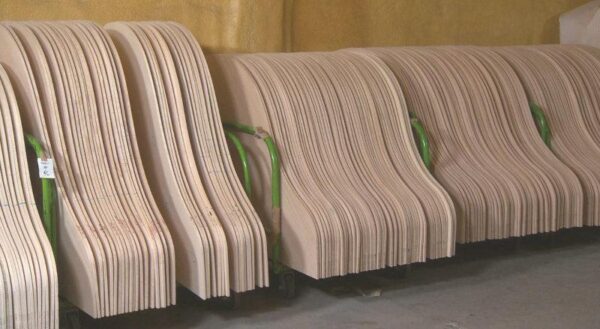 Starting from the wood components, each level vary in selection of materials and resources designated to each level of manufacturing. All of our wood is naturally seasoned for at least 6 months. It is then graded and re-evaluated after kiln drying. Soundboards make up only about 10-15% of the wood at Kitami. And of that 10-15%, only 1% of that 10 to 15% goes to our CF line of concert instruments. This top 1% wood is delivered as kiln dried planks to the CF workshop where they build rims, frames and custom soundboards for each piano. From ‘farm to table’, the CF piano can take up to 3 years to build. It is our highest level of hand-crafted instruments, the pinnacle of manufacturing. Each level thereafter, receives grading of wood according to its level. SX and CX have the grand piano “X” treatment (GPX) but their soundboards are handled in a more streamlined production line process at Kitami. Next, the GC and GB1K soundboards are cut by laser, still rendering these precision instruments.
Starting from the wood components, each level vary in selection of materials and resources designated to each level of manufacturing. All of our wood is naturally seasoned for at least 6 months. It is then graded and re-evaluated after kiln drying. Soundboards make up only about 10-15% of the wood at Kitami. And of that 10-15%, only 1% of that 10 to 15% goes to our CF line of concert instruments. This top 1% wood is delivered as kiln dried planks to the CF workshop where they build rims, frames and custom soundboards for each piano. From ‘farm to table’, the CF piano can take up to 3 years to build. It is our highest level of hand-crafted instruments, the pinnacle of manufacturing. Each level thereafter, receives grading of wood according to its level. SX and CX have the grand piano “X” treatment (GPX) but their soundboards are handled in a more streamlined production line process at Kitami. Next, the GC and GB1K soundboards are cut by laser, still rendering these precision instruments.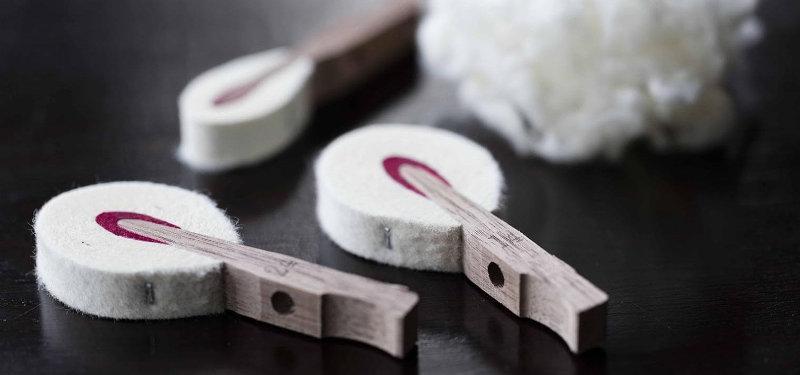 The SX series of grands has been developed in between the CX line and the CFX concert level. It has a different voice. We like to think of the CFX as a concert piano and as such, it’s voiced primarily for concert settings. It’s often placed in a large venue and so the SX (also with GPX soundboards and re-design) has been intentionally designed with our A.R.E. processing – a type of wood enhancement through torrefaction (Thermochemical process that aims to decrease the water and volatiles contents from the biomass)
The SX series of grands has been developed in between the CX line and the CFX concert level. It has a different voice. We like to think of the CFX as a concert piano and as such, it’s voiced primarily for concert settings. It’s often placed in a large venue and so the SX (also with GPX soundboards and re-design) has been intentionally designed with our A.R.E. processing – a type of wood enhancement through torrefaction (Thermochemical process that aims to decrease the water and volatiles contents from the biomass)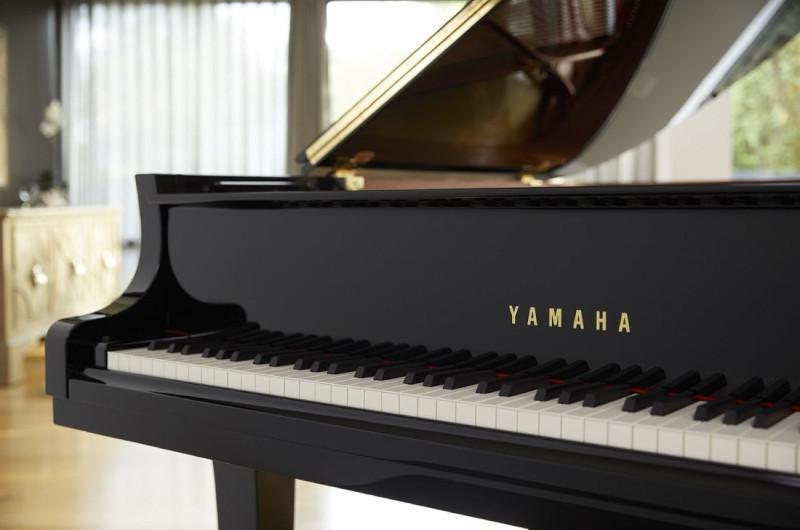 When you change the rim, you change the tone. Everything about pianos is inter-related. It requires a different soundboard and subsequently different hammers. Because it is a slightly higher grade than the CX line, it also has a higher grade of wood as well. The curing of the wood on the SX line takes several weeks to complete. It’s quite a controlled process.
When you change the rim, you change the tone. Everything about pianos is inter-related. It requires a different soundboard and subsequently different hammers. Because it is a slightly higher grade than the CX line, it also has a higher grade of wood as well. The curing of the wood on the SX line takes several weeks to complete. It’s quite a controlled process.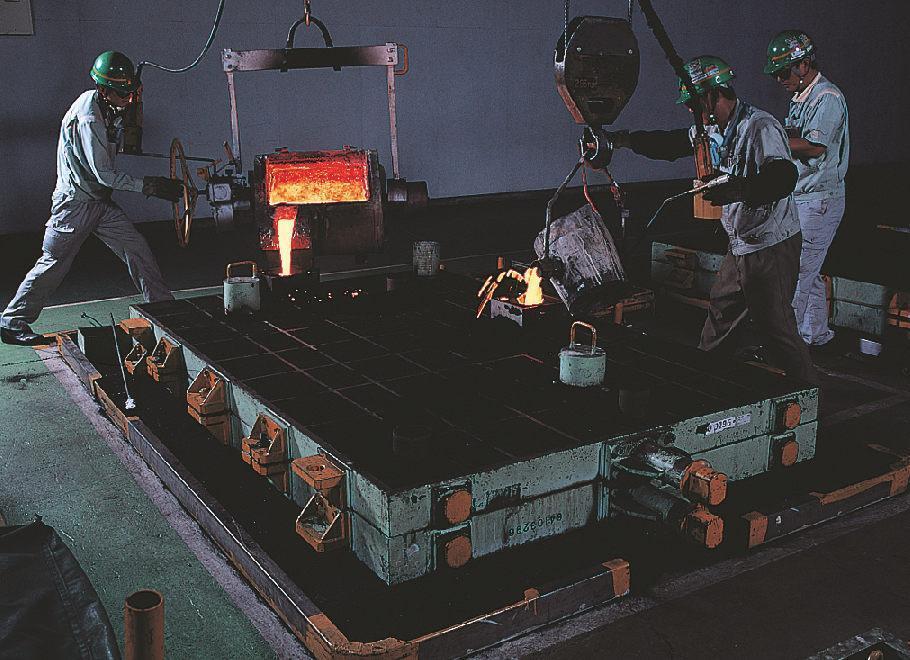 Iwata houses the cast iron foundry. The majority of Yamaha frames are what they call V-Pro.
Iwata houses the cast iron foundry. The majority of Yamaha frames are what they call V-Pro.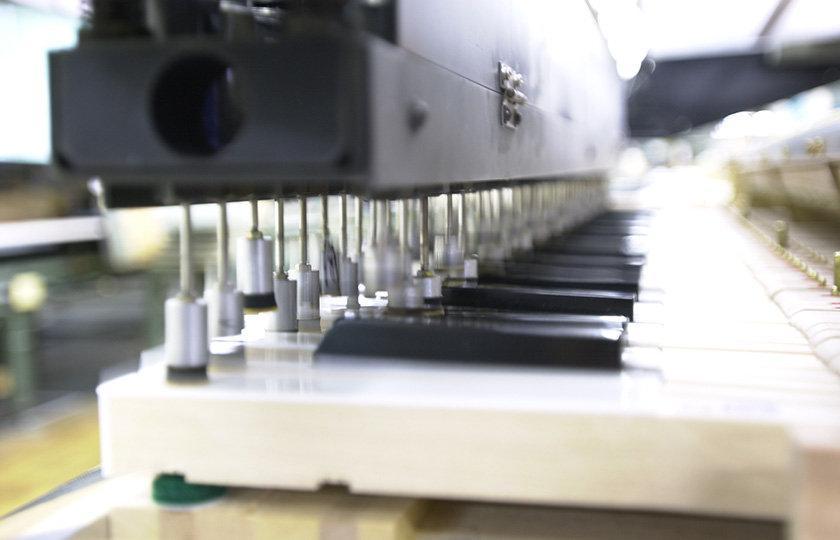 Once the wood and cast iron are made and seasoned for destination, they are then moved to Kakegawa for assembly, that’s where the pianos really come together. Rims, frames and cast iron are shipped there and parts are fitted. This includes all cabinet pieces, action parts, keys and stringing. The pianos then move through an automated key striking machine that depress the keys about 300,000 times to settle all of the new parts. The pianos are then regulated, tuned and polished.
Once the wood and cast iron are made and seasoned for destination, they are then moved to Kakegawa for assembly, that’s where the pianos really come together. Rims, frames and cast iron are shipped there and parts are fitted. This includes all cabinet pieces, action parts, keys and stringing. The pianos then move through an automated key striking machine that depress the keys about 300,000 times to settle all of the new parts. The pianos are then regulated, tuned and polished.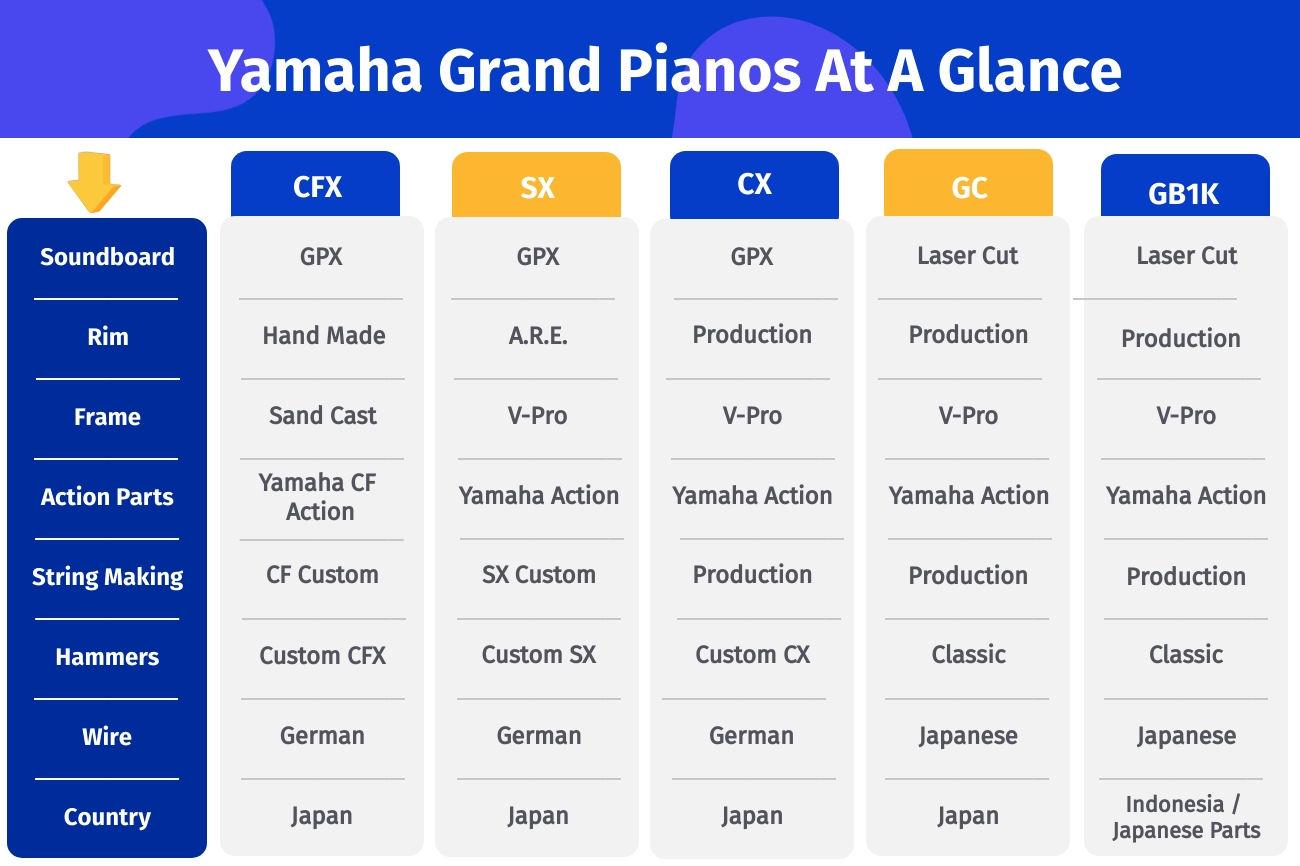
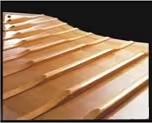
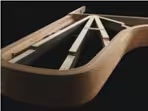
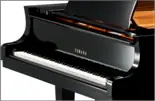
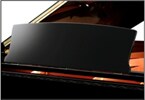
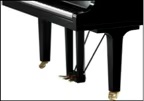
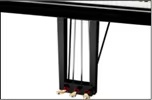
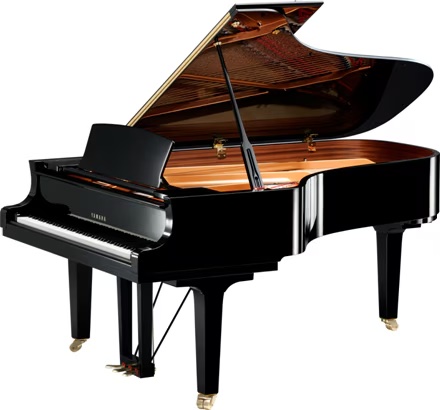

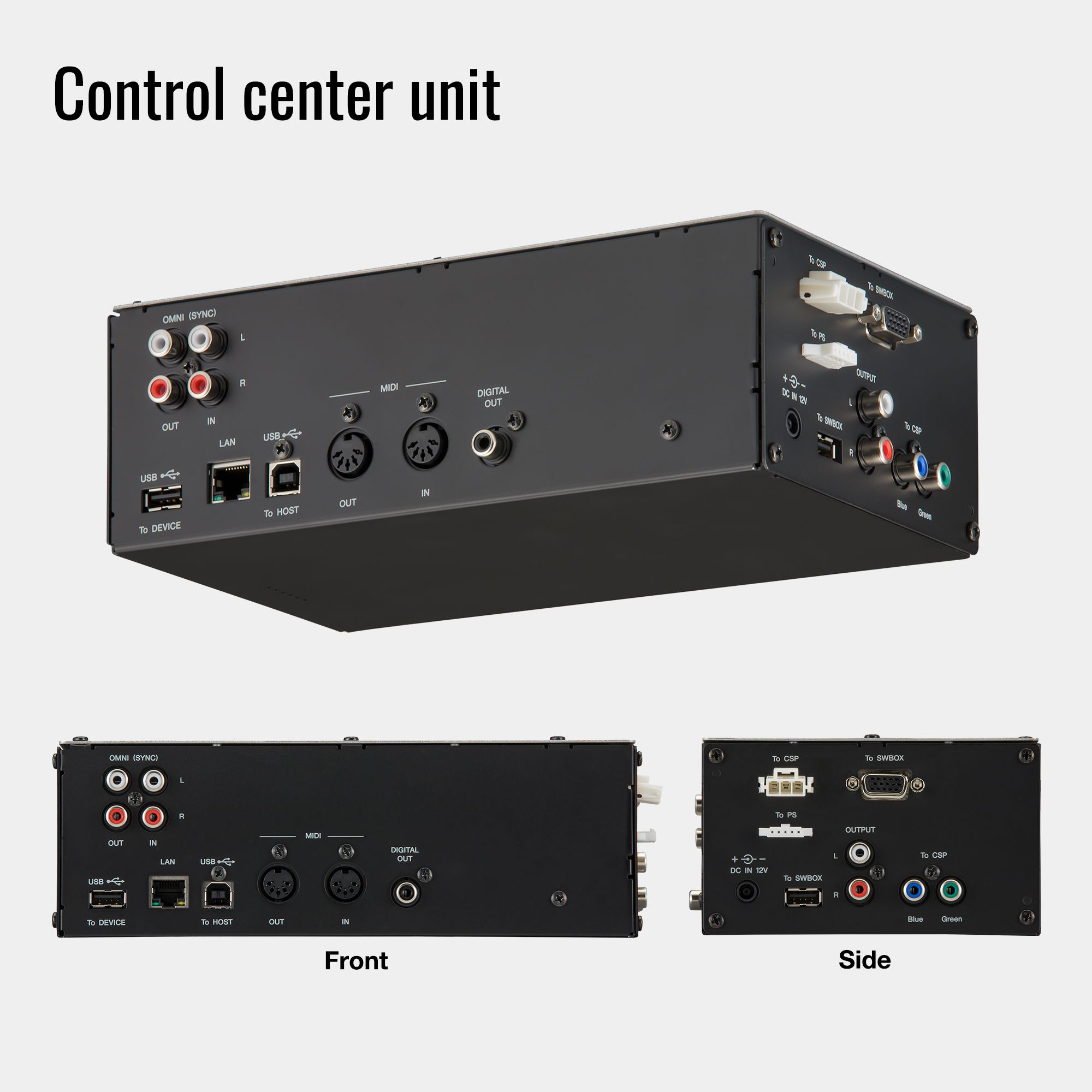
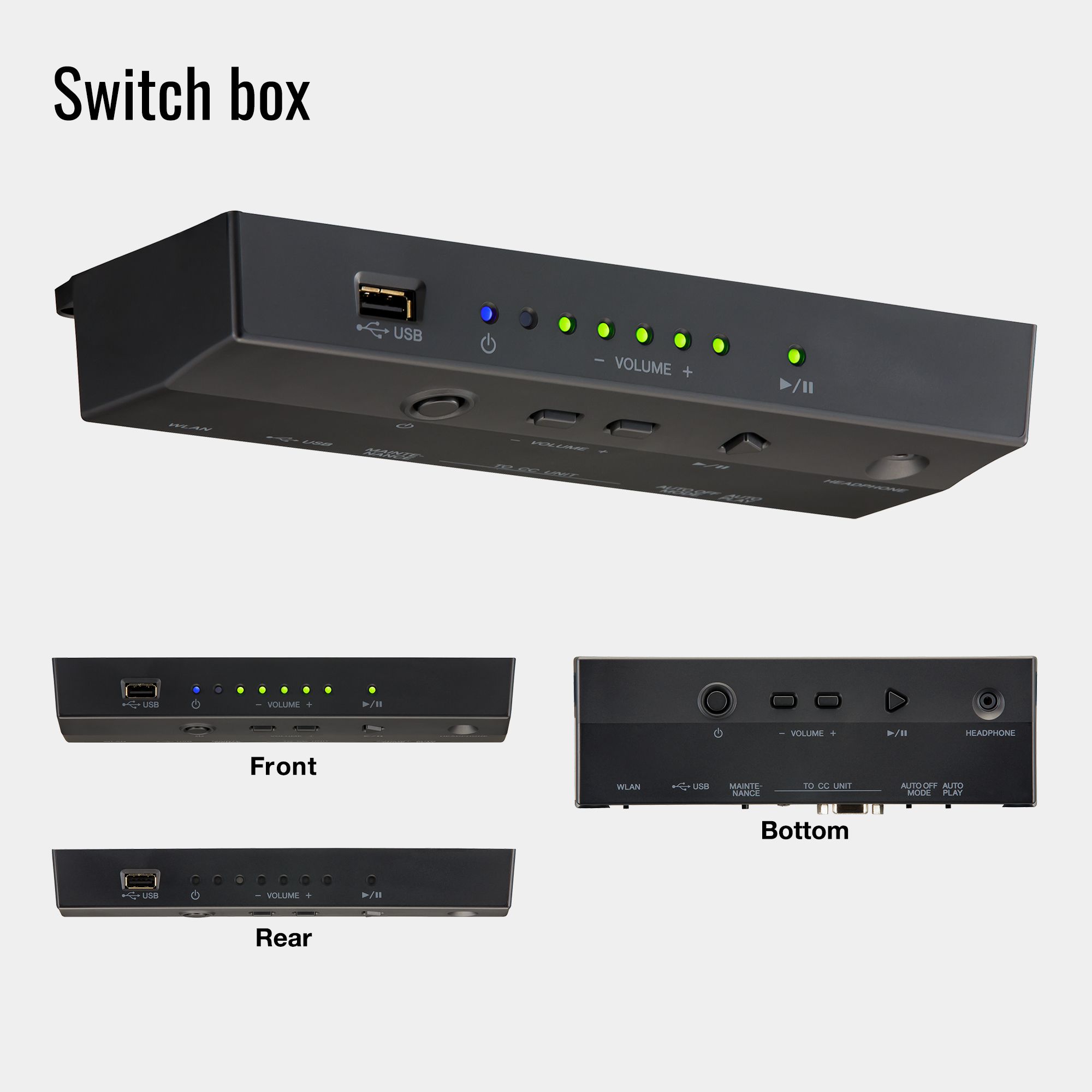
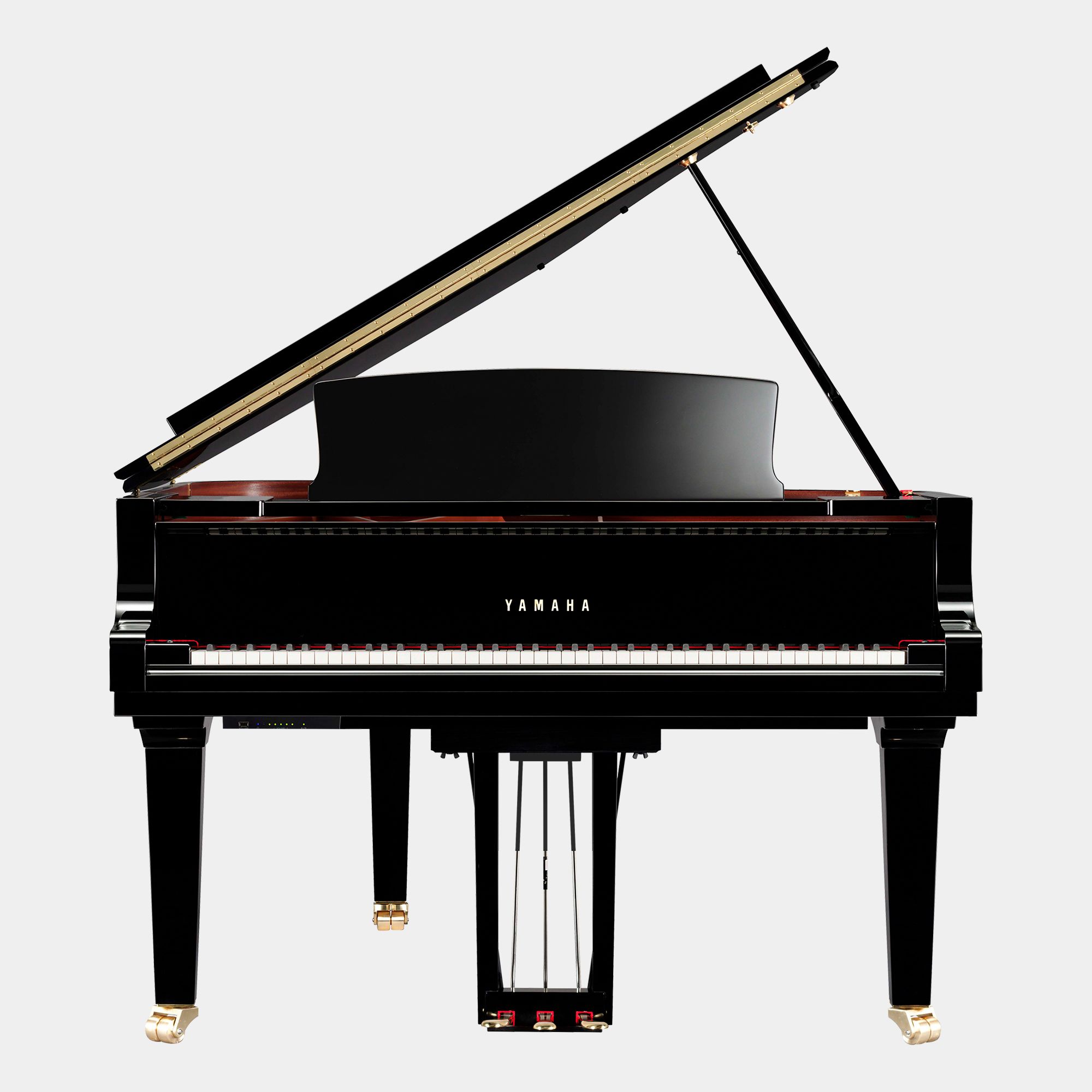
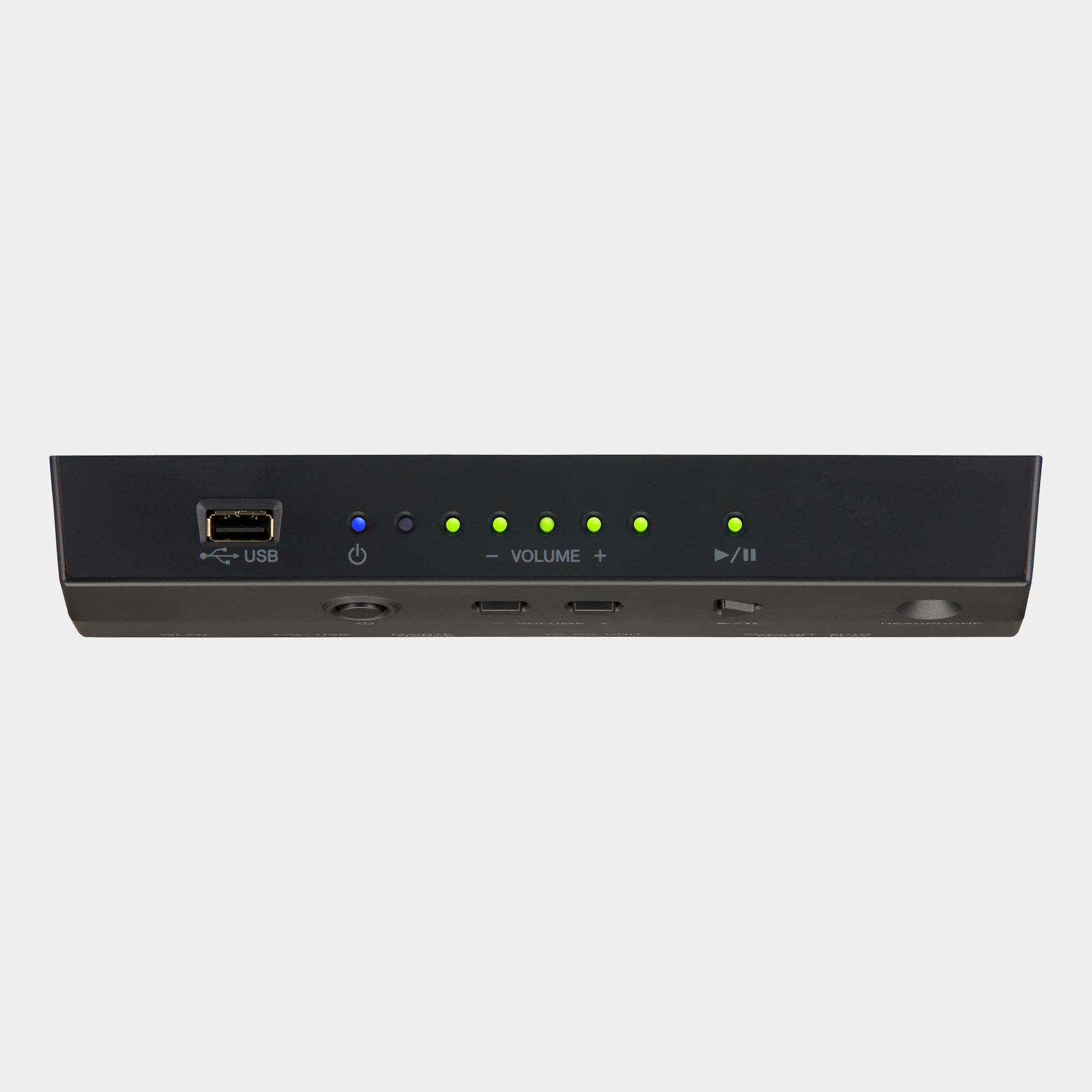
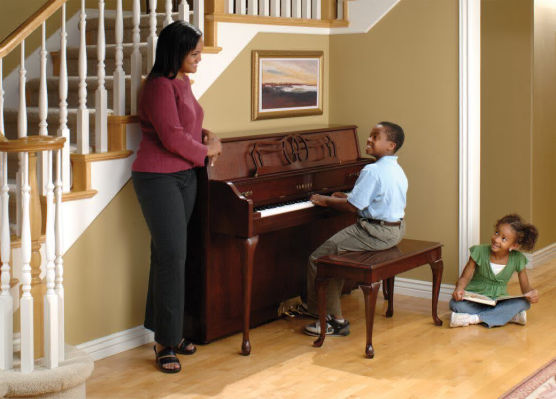
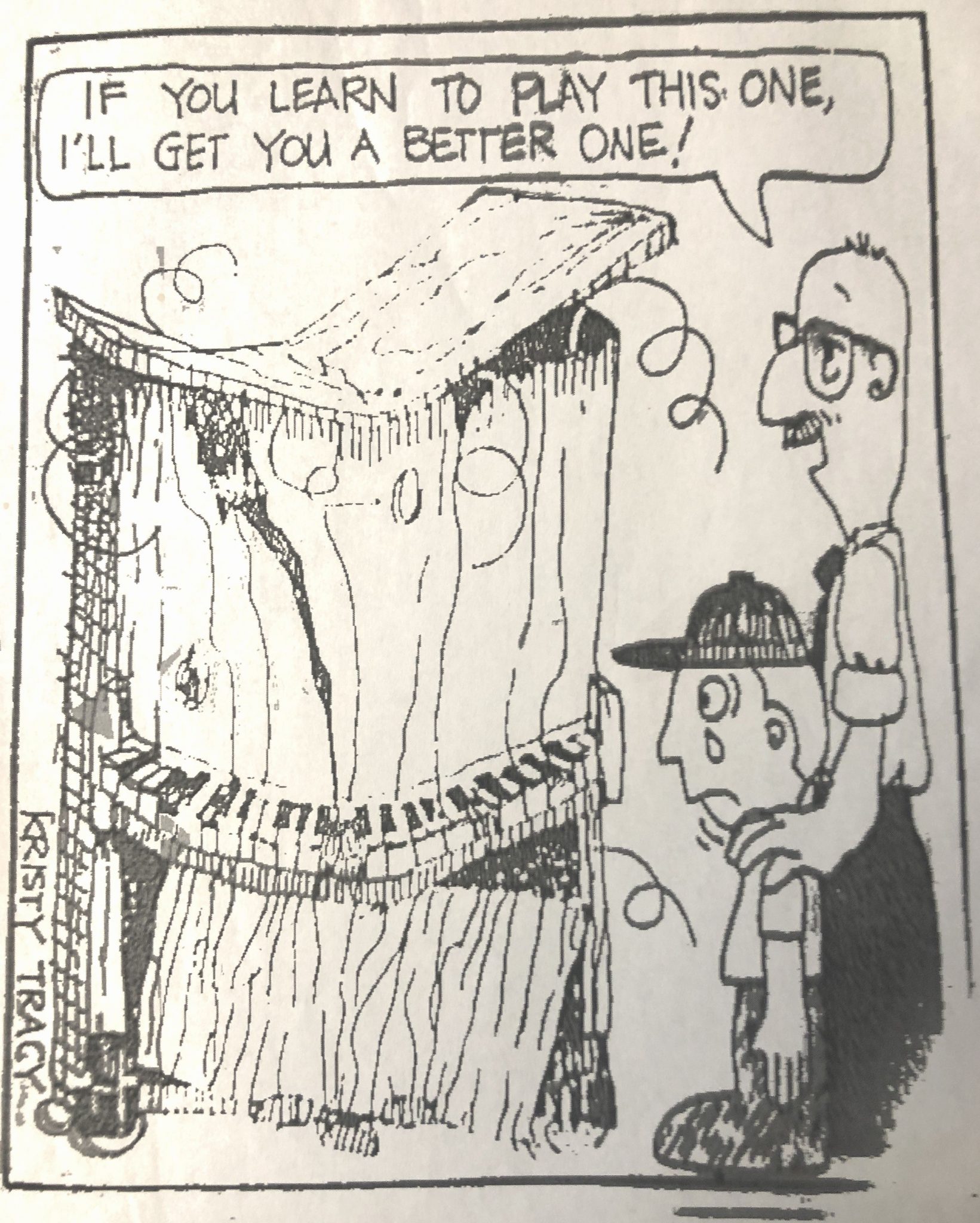 If you buy a bad piano, and your child gets good, can you really tell? This is a funny line, but the truth is it is probably worse. The student with an inferior instrument is going to be discouraged if what he or she hears is not that good. Also, If you have a quality piano teacher and your child takes lessons for 4 or more years, the cost is something like this: $150 times 12 equals $1,800 per year and this times 4 years equals $7,200. Why would you not get the best piano you can to take advantage of these years making both student and teacher happy.
If you buy a bad piano, and your child gets good, can you really tell? This is a funny line, but the truth is it is probably worse. The student with an inferior instrument is going to be discouraged if what he or she hears is not that good. Also, If you have a quality piano teacher and your child takes lessons for 4 or more years, the cost is something like this: $150 times 12 equals $1,800 per year and this times 4 years equals $7,200. Why would you not get the best piano you can to take advantage of these years making both student and teacher happy.